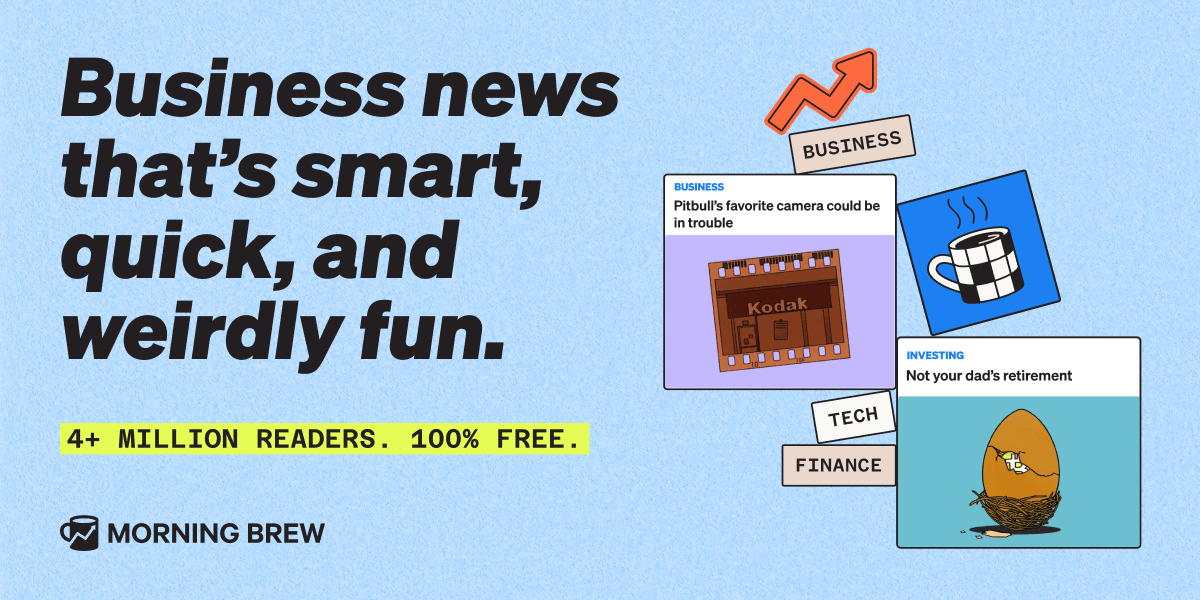- Securing Things Newsletter
- Posts
- OT Cybersecurity Procurement Process & Practices (OTCS PPP) an ultimate guide - Part 3
OT Cybersecurity Procurement Process & Practices (OTCS PPP) an ultimate guide - Part 3
[ST # 75] Tailored strategies & Procurement insights for the Manufacturing industry, and reference resources plus more ✍️ [Securing Things by M. Yousuf Faisal]

Disclaimer: All views presented here, in this newsletter, are my own.
Author or the newsletter are not liable for any actions taken by any individual or any organization / business / entity. The information provided is for education and awareness purposes only and is not specific to any business and or situation.
🚨 For IT-OT Tech, Cybersecurity & Industrial Procurement Professionals! 🚨
Hey there,
Hope you are doing well.
This is Part 3 - Tailored strategies & Procurement insights for Manufacturing industry of special a multi-part series titled:
🔐OT Cybersecurity Procurement Process & Practices (OTCS PPP) - ultimate guide📘- for procuring / buying industrial solutions / services to protect our industrial operations and or critical infrastructure.
In this edition, OT Cybersecurity Procurement for Manufacturing — practical, standards-aligned, 3-phase playbook, we’ll cover:
💡Understand traditional / legacy challenges and observation for the sector.
💡Identify current state of OT procurement process and practices, set target goals to mature these processes.
💡mature OTCS PPP, including addressing the pre-requisites and related supply chain elements.
Who this is for: plant managers, automation engineers, OT/ICS security leads, IT, OT, Security, procurement teams, contract owners, and C-suite risk sponsors.
Why now: OT assets are being procured and updated faster than many firms can bake security into contracts and acceptance testing — leaving operations exposed, and vendors unclear about security expectations.
This edition gives you a compact, implementable procurement program to institutionalize OT cyber requirements across the purchasing lifecycle.
Executive summary
Manufacturers must move from “security as an afterthought” during procurement to “security as a buyable, testable requirement”.
Treat OT procurement as a supply-chain risk process:
define measurable security requirements (aligned to IEC/ISA-62443 and NIST supply-chain guidance),
require vendor evidence (SBOMs, secure update channels, vulnerability disclosure & patch SLAs),
bake contract clauses for audits/penetration testing and end-of-support notices, and
operationalize continuous assurance (monitoring, patch validation, and supplier performance KPIs).
The result: fewer emergency outages, clearer vendor accountability, and auditable OT risk reduction.
If you find this helpful, we'd love to hear from you!
Please let us know by filling out the poll at the end of this edition and feel free to share your thoughts through comments, likes, or reshares.
♻️if you know someone in your professional circle who will benefit from this guidance and or are interested in learning. Thanks 🌟
So let’s dig in.
Yours truly.
— Yousuf.
Call out for expert insights:
Also, if you are an expert in Power, Transportation (Airport and Railway) and Oil & Gas sectors📜and want to contribute to this series ✍
DM 📥 / drop a comment 👇 for guest posts and get a shout out! 📢
🔥 In case you’ve missed, here are:
📘Part 1 - Foundations & best practices for OT cybersecurity procurement (already published, click Part 1 in case you missed it).
📘Part 2 - Tailored strategies for the Water & Wastewater Utility sector (Alana' Murrays 7 step framework. She shared✍️her expert insights, drawing from years of hands-on experience from water / wastewater utility sector).
What would you like us to add more? Let us know in the comments below.
I see many of you visit the newsletter site, consume the content, however, a low percentage of you actually registers.
So before we begin, do me a favour and make sure you hit the “Subscribe” button to let me know that you care or liked what you’ve read and keep me motivated to publish more. Thanks!
Together with:
We don’t do “business as usual”
The world moves fast, but understanding it shouldn’t be hard.
That’s why we created Morning Brew: a free, five-minute daily newsletter that makes business and finance news approachable—and even enjoyable. Whether it’s Wall Street, Silicon Valley, or what’s trending at the water cooler, the Brew serves up the context you need in plain English, with a side of humor to keep things interesting.
There’s a reason over 4 million professionals read the newsletter daily—and you can try it for free by clicking below!
OT Cybersecurity Procurement for Manufacturing📜
Here is a 3-Phase OT Cybersecurity Procurement Playbook for building an effective OT/ICS Cybersecurity Procurement Processes and Practices:
Assess & Identify Baseline Requirements:
Review and assess existing/current state of procurement processes, procedures and organizational practices across both IT & OT environments.
Check and confirm if the required pre-requisites are in place. (Check details in the detailed section below)
Present findings and observations, while raising awareness across organizational boundaries (procurement, IT, OT/operations, procurement and business units).
Understand your current OT cybersecurity procurement maturity state, risk-rank assets, and convert technical needs into procurement baseline security requirements and evaluation criteria.
Implement (Procurement Requirements & Contracts):
Focus on Project Lifecycle Security, not just initial procurement.
Embed security requirements into RFx, incorporate Security Clauses as part of Conditions of Contracts, evaluate suppliers using evidence-based scoring, and negotiate contractual security clauses.
Foster Genuine cross-functional collaboration on procurement processes.
Establish and provide cross functional training to IT, OT, operations / engineering and procurement teams on cybersecurity requirements.
Maintain, Monitor and Measure (Operationalize & Assure):
Maintain processes and practices and updates to Cybersecurity requirements specifications - covering the entire automation stack (from cloud to PLC/edge and physical components).
Acceptance & commissioning - acceptance testing, SAT/FAT, and secure deployment checklists.
Ongoing supplier management, continuous monitoring, and contract enforcement.
Lastly, Secure the Supply Chain by using a Risk-Based Approach.
Below is a detailed, actionable breakdown for each phase with owners, deliverables, and estimated effort.
To continue reading → Register below to read for free, where I break down each of these 3 phases in details from manufacturing industry perspective.


Reply